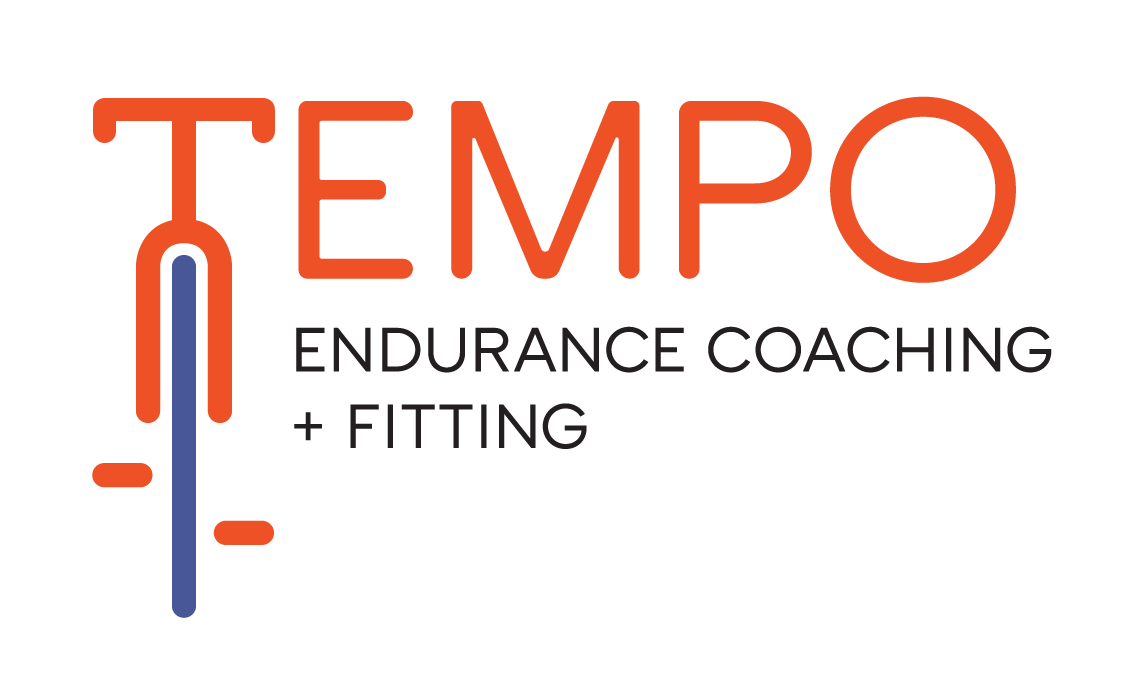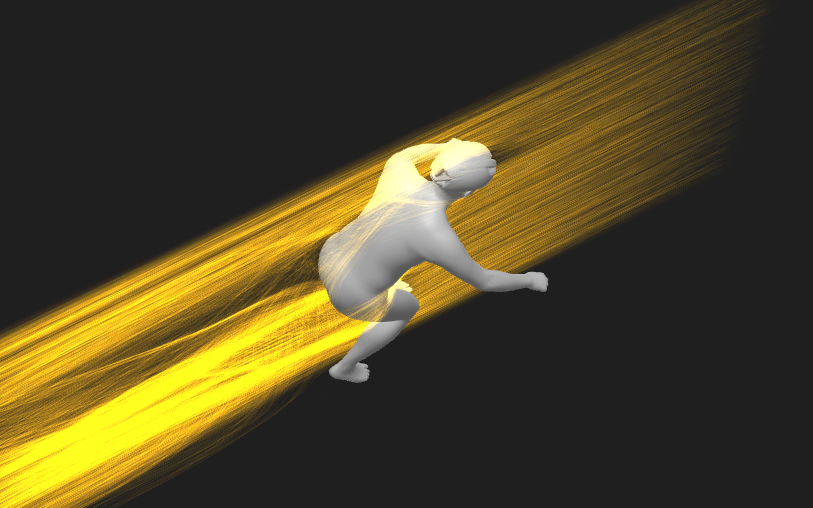Preparing For Leadville- Pacing And Nutrition Planning
Ava crushing her way to a solid P6
Creating a Sensible Pacing and Nutrition Plan
When approaching a huge challenge like the Leadville 100 MTB race or any extreme endurance event, it's not only key to prepare your athlete well but also to dial in a perfect pacing and nutrition plan that's realistic, easy to execute, and helps them have their best race possible.
When I started racing Ironmans over 25 years ago, this was a very basic concept. We used the nutrition available on the course, we paced with heart rate at best, and nobody went to wind tunnels except maybe a select few professionals.
I saw people drink nothing but Gatorade or water, wreck their run with hard efforts early on (raises hand sheepishly), and try all kinds of (mostly too low) aerodynamic positioning.
It’s a whole new world now, and the technology we have at our disposal is amazing, giving us insights into our bodies’ metabolic demands, intricately planning pacing strategies while considering weather, altitude, and course profiles, and accurately modeling our aerodynamics at a fraction of the time and expense of a wind tunnel or track testing.
These are the steps and technology I use to help racers have the best day possible.
Create a Metabolic Profile
The metabolic modeling tools from INSCYD are amazing.
I’ve been using INSCYD for several years now with athletes. The data and ability to take in a “big picture” view of both an athlete's energy systems and metabolic demands is incredibly powerful.
Testing an athlete several weeks before their event creates a detailed chart of glycogen and fat burned at various intensities, while also generating very powerful training and longer endurance racing insights or metrics like LT1, Anaerobic Threshold, Fat Max, Stored Glycogen, and more.
This allows planning an effort at a specific pace or glycogen “burn rate” and adjusting all of the parameters to nail it, keeping the athlete fueled perfectly.
Model an Accurate CdA
Even a base MTB position has room for improvement and free speed.
Using Computational Fluid Dynamics or CFD to model efficient, sustainable positions is an incredible, cost-efficient process. We can either use fitting data from a recent in-studio fit where we can also consider sustainability of the position over time using motion capture and pressure mapping, or simply use pictures and video from races or efforts outdoors, on a trainer at home, or on a local track.
The Airo technology generates a coefficient of drag that is quite accurate compared to a wind tunnel and perfectly plugs into pacing calculators, eliminating the guesswork of old.
Model a Pacing Plan
I’ve been using Best Bike Split for years to develop pacing plans. It’s an exceptional platform allowing a coach to plug in massive amounts of data using both the platforms referenced above, and consider various strategies quickly and from a high-level perspective. Being able to factor in current and historical weather conditions can be incredibly useful. BBS will generate very specific power guidelines as well as a basic, printable set of ranges for various profiles one could tape to a top tube.
Putting it All Together
Taking all of this information and consulting with the athlete, we are able to develop a course-specific plan with pacing, positional suggestions, feed zone planning, and optimal time splits.
This removes so many variables and helps us devote all our mental focus to simply executing the “playbook”, leaving all the energy to have the best race day possible.
Reach out if you have a “bucket-list” race coming up; I’d love to help!
Robin finishing a huge day in the saddle. Congratulations!




